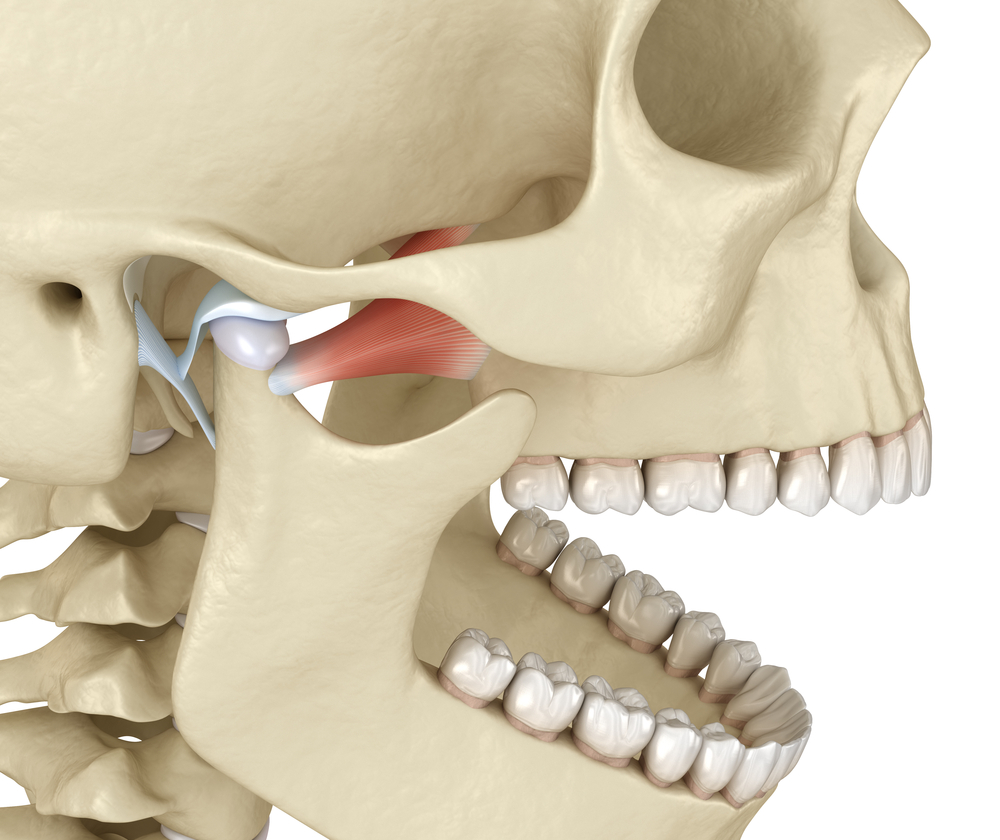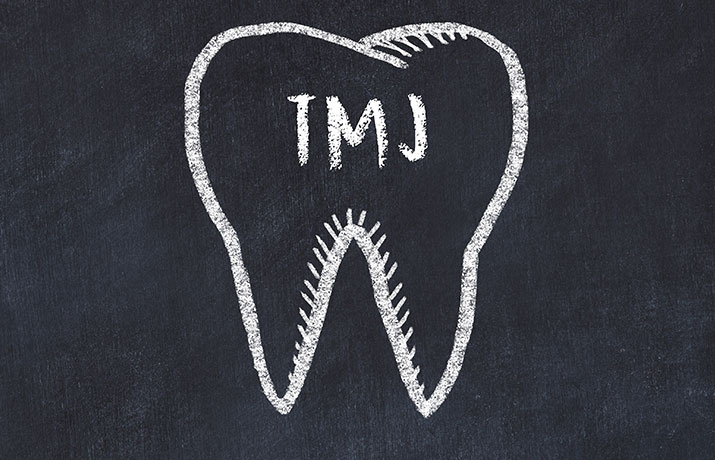Myofascial pain syndromes, TMJ, TMD, risk, sleep bruxism, clenching
|
Association Between Rhythmic Masticatory Muscle Activity During Sleep and Masticatory Myofascial Pain: A Polysomnographic Study Leylha Maria Nunes Rossetti, DDS, MSc, PhD/Carlos Dos Reis Pereira de Araujo, DDS, MSc, PhD/Paulo Henrique Orlato Rossetti, DDS, MSc, PhD/Paulo César Rodrigues Conti, DDS, PhD |
|
Aims: To test for an association between rhythmic masticatory muscle activity during sleep, as assessed according to polysomnographic criteria for sleep bruxism (RMMA-SB), and myofascial pain (MFP), as well as the chance of occurrence of MFP in patients with RMMA-SB. Methods: Thirty MFP patients (diagnosed according to the Research Diagnostic Criteria for Temporomandibular Disorders) and 30 age- and gender-matched asymptomatic controls underwent a polysomnographic examination. Also, any self-reporting of daytime clenching (DC) was registered in 58 of these subjects. Results: Most MFP patients reported mild or moderate pain (46.67% and 43.33%, respectively), and only 3 (10%) reported severe pain. Pain duration ranged from 2 to 120 months (mean 34.67 ± 36.96 months). Significant associations were observed between RMMA-SB and MFP as well as between DC and MFP. Conclusions: (1) RMMA-SB (Sleep Bruxism) is significantly associated with MFP (Myofacial Pain); (2) although RMMA-SB represents a risk factor for MFP, this risk is low; and (3) DC (Daytime Clenching) probably constitutes a stronger risk factor for MFP than RMMA-SB. J Orofac Pain 2008; 22:190–200 We have numerous successful non-surgical treatment options available. If you’re tired of getting bounced around from various specialists for the treatment of your facial pain, you need to schedule a consultation with Dr. Teruel at 480-945-3629. |



